Syndactyly
Webbing of the fingers and toes is known as syndactyly. The involved fingers or toes can be fully fused at the level or the bone, or simply by the skin. The release of the involved structures often begins around age 12 months and typically requires a skin graft to resurface the digits. If multiple fingers are involved, the surgery may be staged (3-6 months) to prevent wound healing complications. All patients are sent for physical therapy after the healing process concludes to improve grip strength and range of motion.
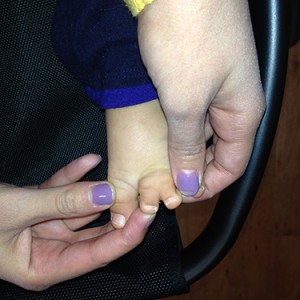
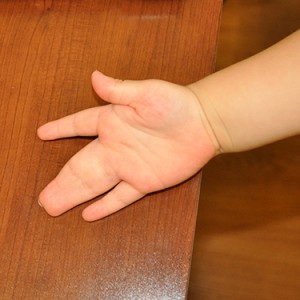
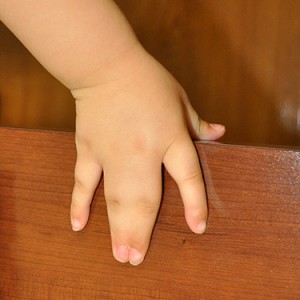
Syndactyly can be complete (involves the whole length of the finger and nail) or incomplete (partial involvement). If adjacent fingers or toes are involved the operation is often staged (one finger set is released at a time) with a 3-6 month window.
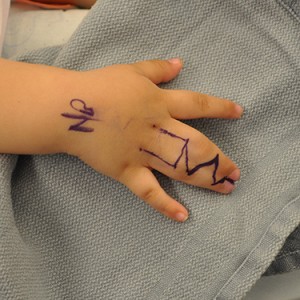
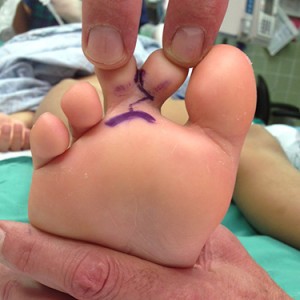
Skin grafts are often required to complete the syndactyly reconstruction. This involves moving skin typically from the groin crease (scar hidden in the underwear line) to the area between the fingers. Skin grafts are required given the overall deficit of skin caused by the syndactyly. Often a cast is placed for 1-2 weeks after the operation to allow for sufficient healing to occur.
Treatment plan
- if thumb or small finger involved – surgical release at 6 months
- if index and/or middle and/or ring fingers involved – surgical release at 12 months, possibly a second operation 3-6 months later.